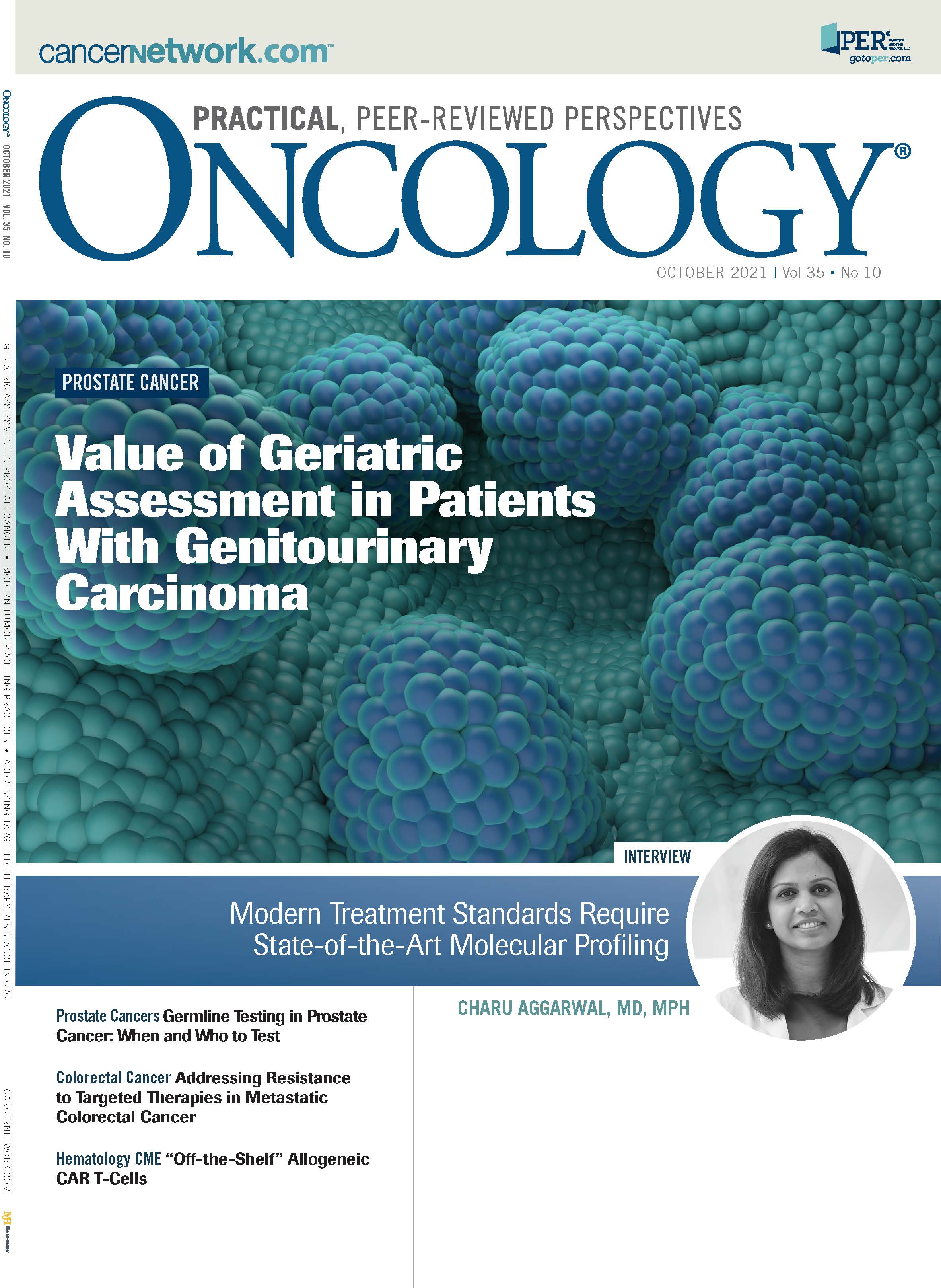Physician Burnout May Correlate With Institutional Practices
Samuel Edwards, MD, discusses the science behind physician burnout and how it can be prevented.
Burnout has been gaining significance as physicians deal with greater stress due to heavy workloads and individual loss of autonomy. Efforts to combat burnout tend to focus on building resiliency, but findings show that fighting burnout involves organization-level responses, such as creating values around teamwork, open communication, and process improvement.
Samuel Edwards, MD, an assistant professor of medicine at Oregon Health and Science University and a practicing internist with the Veterans Affairs Portland Health Care System, discusses the implications from burnout and how to reduce it.
Medical Economics®: What led you and your colleagues to undertake this study?
EDWARDS: This is part of a larger study, which was an evaluation of the EvidenceNOW initiative. Our group in Oregon was part of a large nationwide team funded to do an enterprise evaluation [of EvidenceNOW] called ESCALATES, [which stands] for Evaluating System Change to Advance Learning and Take Evidence to Scale.
We did surveys of practices and people in those practices at the start of the initiative in 2015, then several times throughout. One thing we wanted to understand was practice climate and burnout, since it’s such a common and concerning issue in primary care.
What did you find?
One of the things we were interested in understanding was how much of burnout is a practice-level phenomenon vs related to individuals, and we found definite evidence of a practice-level effect in burnout. We characterized practices by how much burnout they had in them.
What was interesting was we found that in 30% of our sample, none of the practice members said they had any burnout. Given the dire descriptions of burnout in medicine today, we thought that was an interesting finding, so we chose to focus on characterizing those zero-burnout practices vs a group of practices that were very high burnout to try to understand the differences.
We had this measure of practice culture, which we called adaptive reserve. It consists of 6 domains: facilitative leadership, work environment, teamwork, sense-making, culture of learning, and relationship infrastructure. These practices used more quality-improvement strategies, tended to be physician-owned solo practices, and didn’t participate in large transformation initiatives, such as accountable care organizations or the Transforming Clinical Practice Initiative. In general, we saw this signal that smaller practices with greater agency and a strong culture tended to have less burnout than other practices.
Why is practice culture such an important factor in the presence and level of burnout?
I think it’s intuitive to some extent. A place where you have strong leadership and good relationships among practice members has been shown to be associated with low burnout. One thing that stood out to us was that leadership is important specifically, facilitative leadership, which is not traditional command and control, hierarchical leadership but more fostering relationships, enhancing communication, attending to power imbalances, focusing on psychological safety, and cultivating teamwork.
Can any of the features of zero-burnout practices be replicated from small and/or clinician owned to large health care institutions?
On the one hand, there are a surprising number of smaller practices still in existence, but I operate in a large-practice environment, and many doctors do nowadays. It’s certainly possible to maintain a strong practice culture within a large organization. Making larger organizations feel small by having smaller practice groups with more autonomy about how they run their day-to-day operation and have more control can make a big difference.
